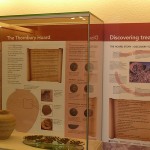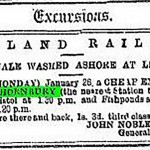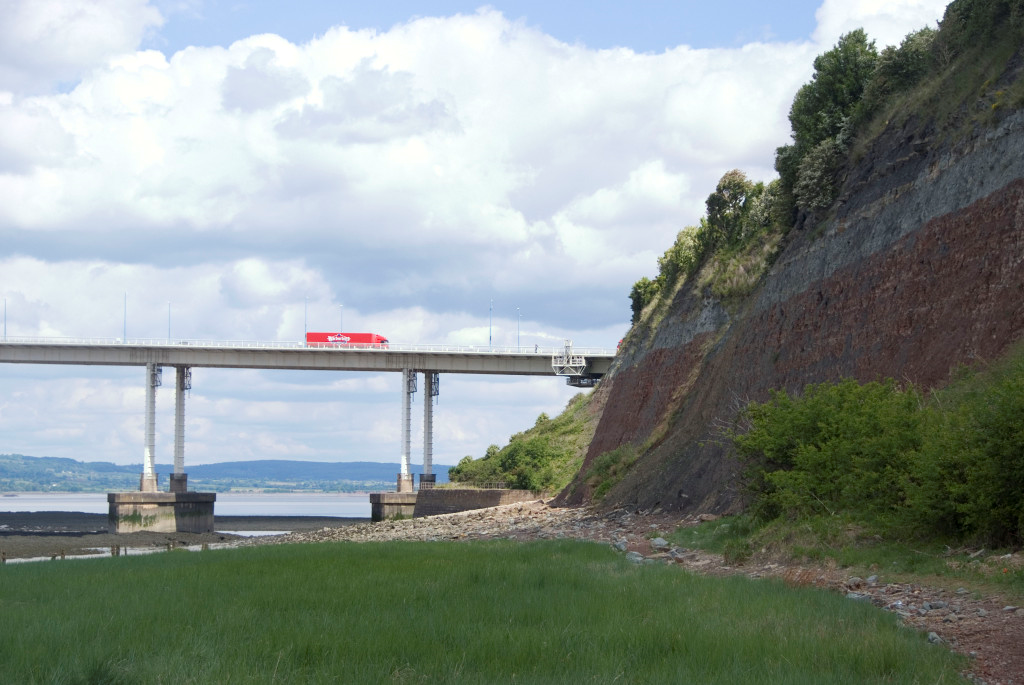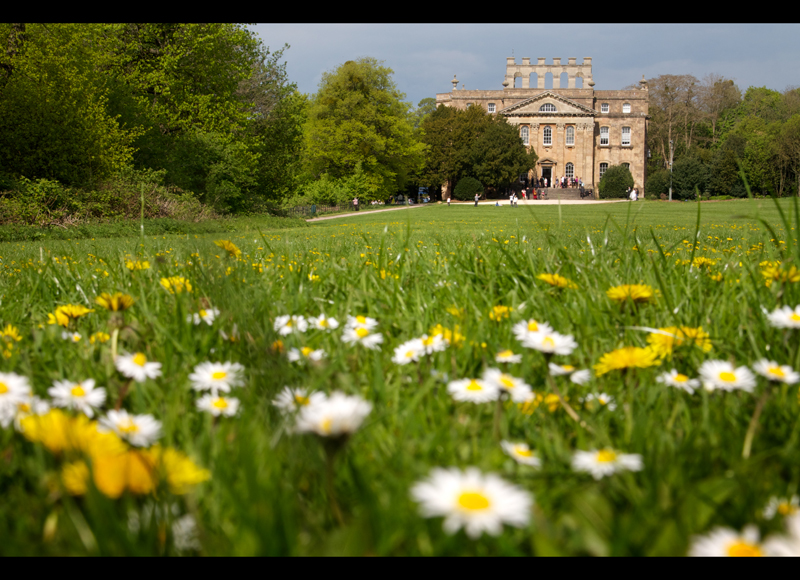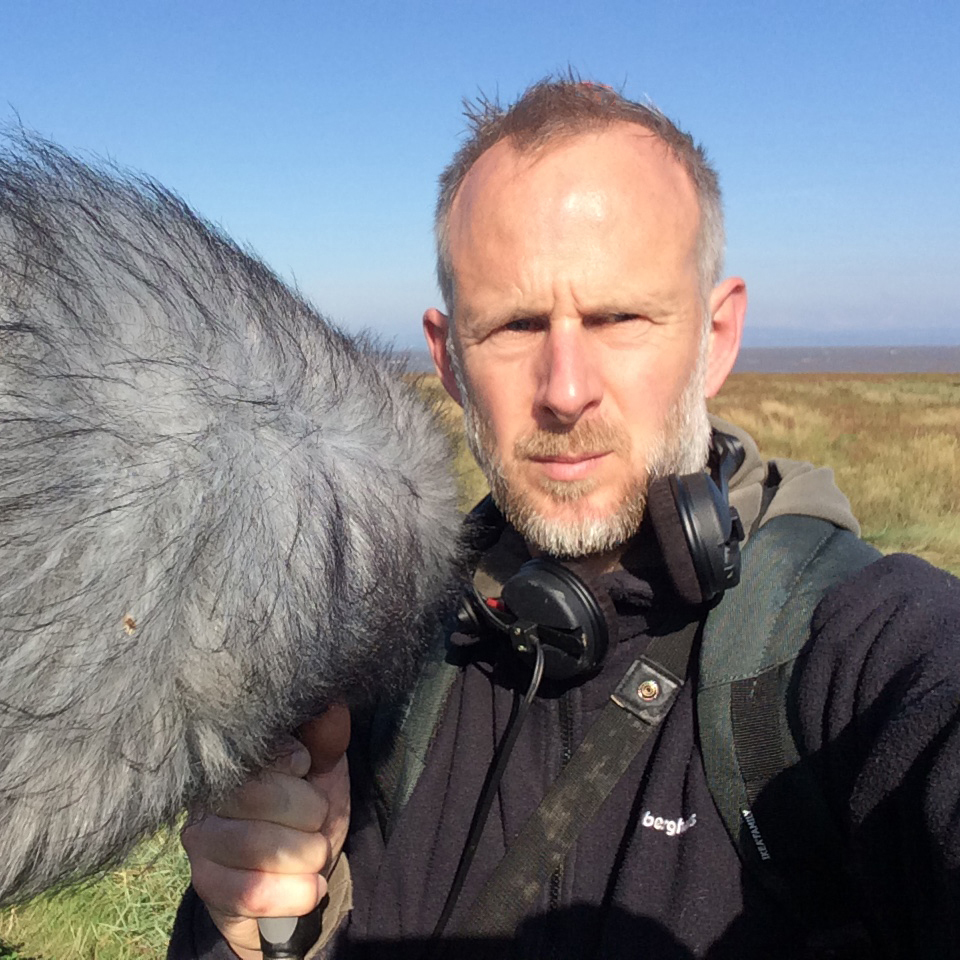Learning Map / Changing Times
Thornbury (Changing Times)
-
Thornbury and District Museum website
-
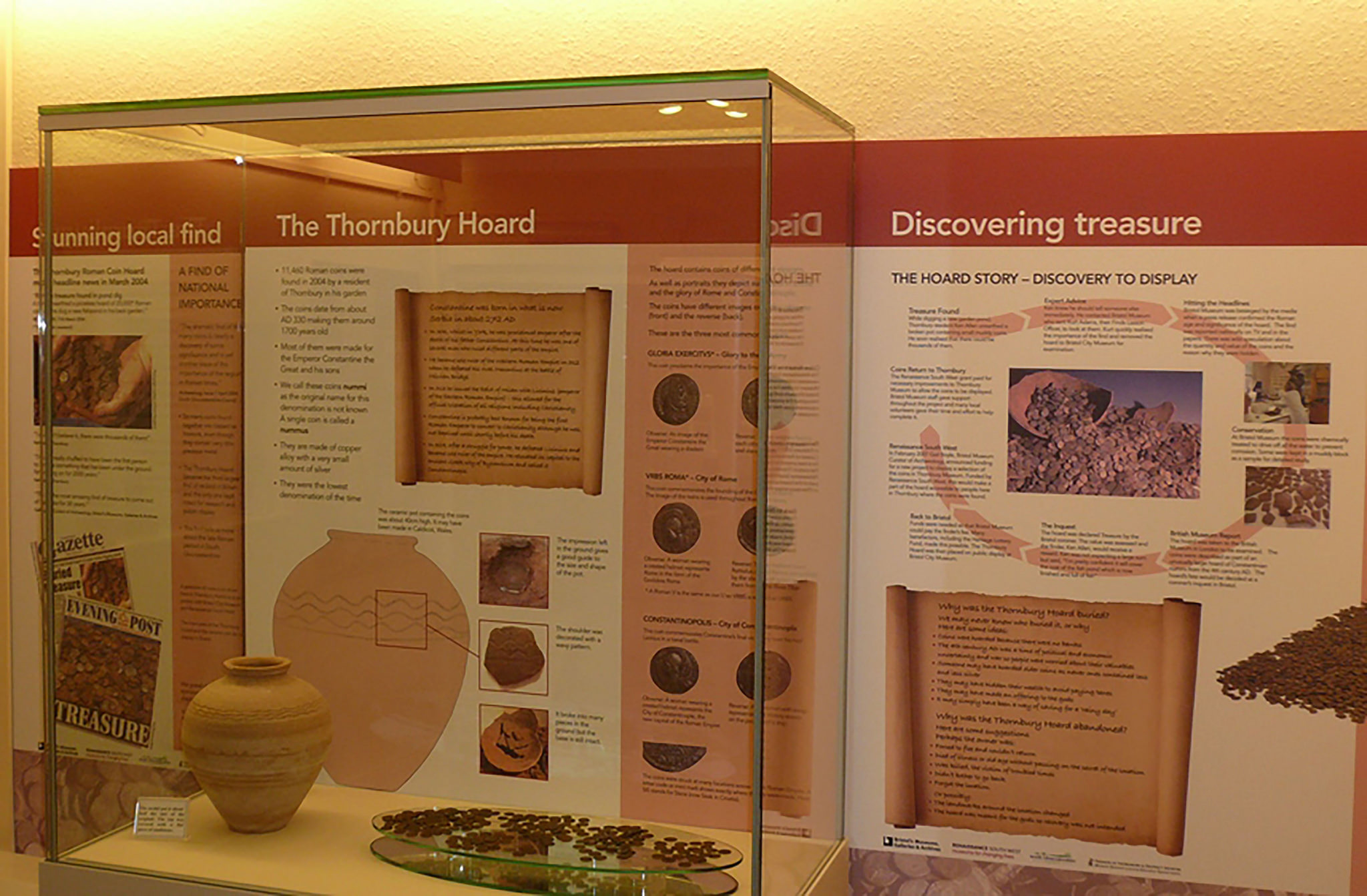 The Thornbury coin hoard
The Thornbury coin hoard -
 An old photograph of Thornbury High Street
An old photograph of Thornbury High Street -
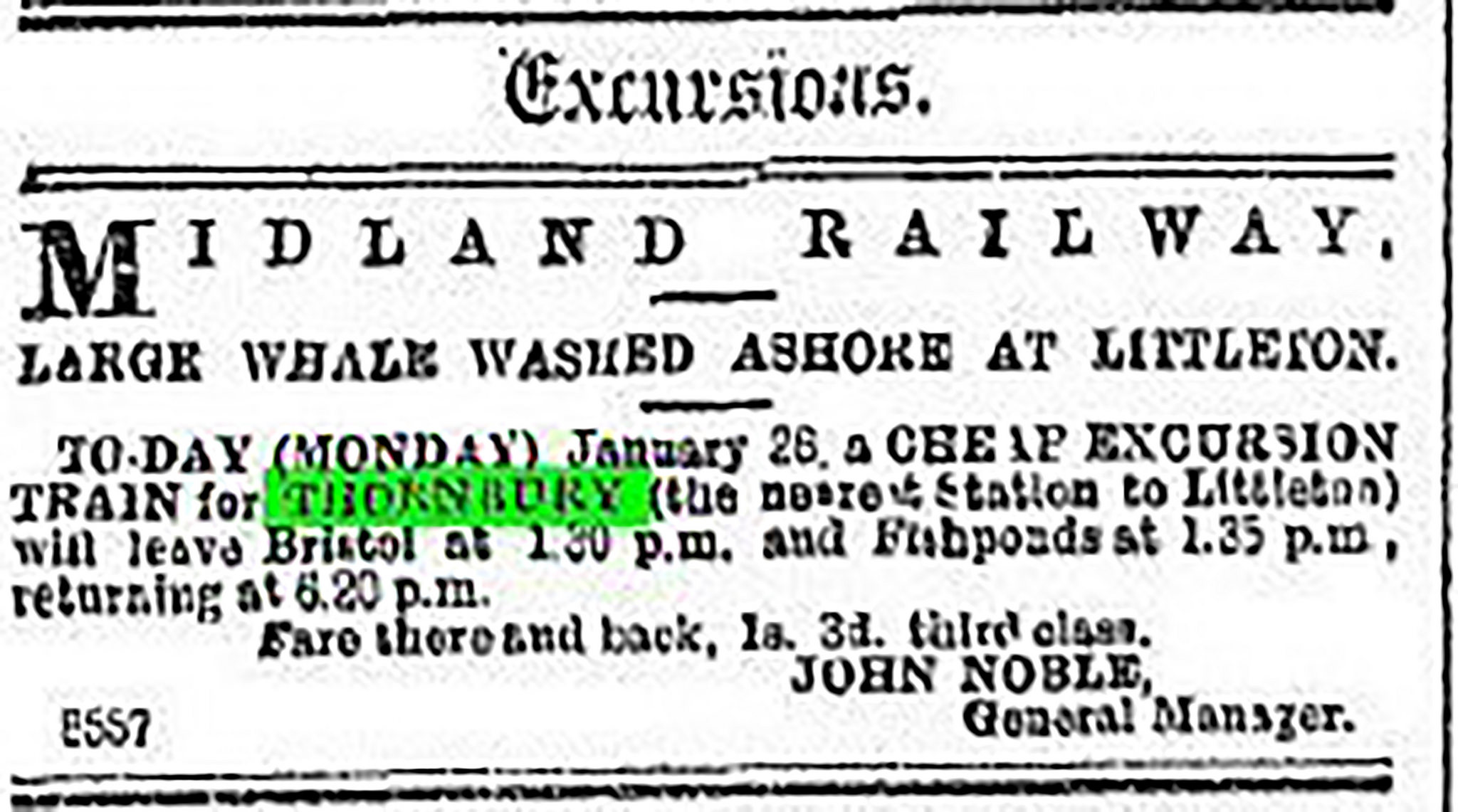 A press cutting about the Littleton Whale
A press cutting about the Littleton Whale -
Thornbury Roots website
Thornbury and District Museum
This small local museum is a treasure trove of exhibits, objects and archives connected with the local area. There are fixed exhibitions relating to the Romans, Thornbury as a market town and local occupations, as well as exhibitions that change a few times a year.
Curriculum links:
- Pupils should be taught about the Roman Empire and its impact on Britain (KS2 History).
- Pupils should be taught about changes within living memory (KS1 History).
Ideas for activities:
- Go to the Roman room and find out about the local hoard of coins found nearby. Ask students to use their creativity and imagination to come up with ideas about what the coins were used for and why they were buried under the ground.
- Create a Yellow Pages directory for a certain year (suggest last century) advertising the trades in the local area. Students should first of all research the different trades in the museum then come up with short adverts for the directory. They could do this individually or as a class. Get a modern-day Yellow Pages and look at how the different trades have changed, which ones still exist and which have died out.
Thornbury Roots
Thornbury Roots is a website providing a history of the older houses in Thornbury and the families who lived in them together with a collection of databases, primary historical resources and photographs.
Curriculum links:
- Pupils should be taught about significant historical events, people and places in their own locality (KS1 History).
- Pupils should note connections, contrasts and trends over time (KS2 History).
Ideas for activities:
- On the places section of the website students can find out about the history of particular houses and buildings over time through maps, photos, rare books and many other historical sources. Each student could choose a building – maybe one that they have seen or know about in Thornbury – and research its occupants. They could then use this as inspiration for a piece of writing about the building. This could be in the form of a poem about the changes the building has seen, a visitors book for the house or a log book of who has lived in the house, their occupation, number of children, etc.
- Students could find old photographs of places that are familiar to them, print them off and take them out into the area to find what has now changed and what remains the same.
- Use the accounts of the whale at Littleton-on-Severn to write a contemporary newspaper report about the disaster.
You can give students specific pages to look at and use as this vast amount of information would be difficult for students to access with little guidance.
Did You Know?
Lots of the information from Thornbury Museum is also on the website so it would be possible to do extra research before or after your visit.
School trips must be booked with the museum due to its size; a class will be split into three and shown round by three different guides.
There are no public toilets in the museum but toilets in the Armstrong Hall complex next to the museum are available for public use. There are also some public toilets in Rock Street, a two minute walk away.

